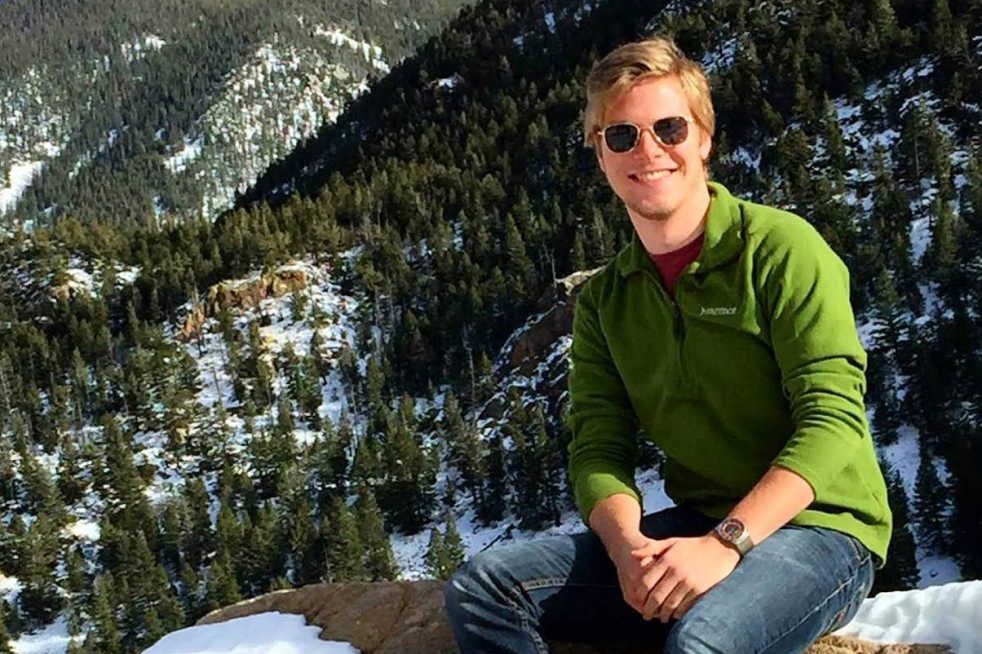Early last week, the University of Chicago sent a letter to its admitted students speaking out against safe spaces and trigger warnings, two policies that have been widely adopted by college campuses. It warned students that they would face ideas that would cause them discomfort and would even have to disagree with their peers from time to time.
It’s concerning to me that an institution with the prestige of University of Chicago had to put into writing its expectations for students when they come onto campus and face new ideas.
Yet, students at Yale University last year became outraged over a letter sent out by Professors Erika and Nicholas Christakis that addressed cultural appropriation during Halloween. The letter responded to an email from Yale’s Intercultural Affairs Committee calling for students to check their costume for being offensive or appropriating culture, writing, “… if you don’t like a costume someone is wearing, look away, or tell them you are offended. Talk to each other. Free speech and the ability to tolerate offence are the hallmarks of a free and open society.”
A series of YouTube videos posted by the user “theFIREorg” showed a group of students surrounding Dr. Christakis, with one student yelling on the verge of tears that his being a professor is not about creating an intellectual space, but instead creating a home for students.
There are now initiatives on law school campuses to omit parts of rape law in lectures and discussions because the information is too disturbing for some students. Harvard Law Professor Jeannie Suk wrote in The New Yorker that the culture around teaching rape law was noticeably changing, to such an extent that students were requesting that the word “violate” not be included in final exams for fear of it triggering a bad memory.
Considering these events, it’s not surprising that UChicago felt the need to make clear that its primary goal is to create an intellectual environment and not a safe space. Needless to say, every college campus should be a “safe space” to the extent that students are physically and psychologically safe. However, when the expectation of safety is expanded to begin to suppress others, no matter how nasty or disrespectful the speech, it begins to damage the integrity of higher education.
Trigger warnings fall into the same category. They serve their purpose as a friendly indicator that the following content might be difficult to take in for some but still should never be the reason why that disturbing content is eliminated. Creating defined spaces as “safe” and free from criticism or harsh ideas does not change the reality of the outside world. In fact, safe spaces can have great potential to negatively affect the rest of campus, as New York Times journalist Judith Shulevitz points out: “Once you designate some spaces as safe, you imply that the rest are unsafe. It follows that they should be
made safer.”
In an ironic twist of events, it seems that liberal students are the ones that are beginning to show the most intolerance to different ideas. These Democrats are all about accepting others so long as everyone’s beliefs coincide, which is disheartening to learn as a Democrat myself.
Colleges should exist not to safeguard students from opposition, but to push students to experience new ideas and indeed argue with their peers. All of this is not to say that there should be no form of help for students who do feel overwhelmed, sexual assault survivors who wish to seek guidance or general help with the stress of college. What is detrimental is the culture created by students wishing a problem would simply disappear instead of learning to cope with it. The best way to address challenges is by building a respect for others’ opinions; safe spaces fail to do both.
